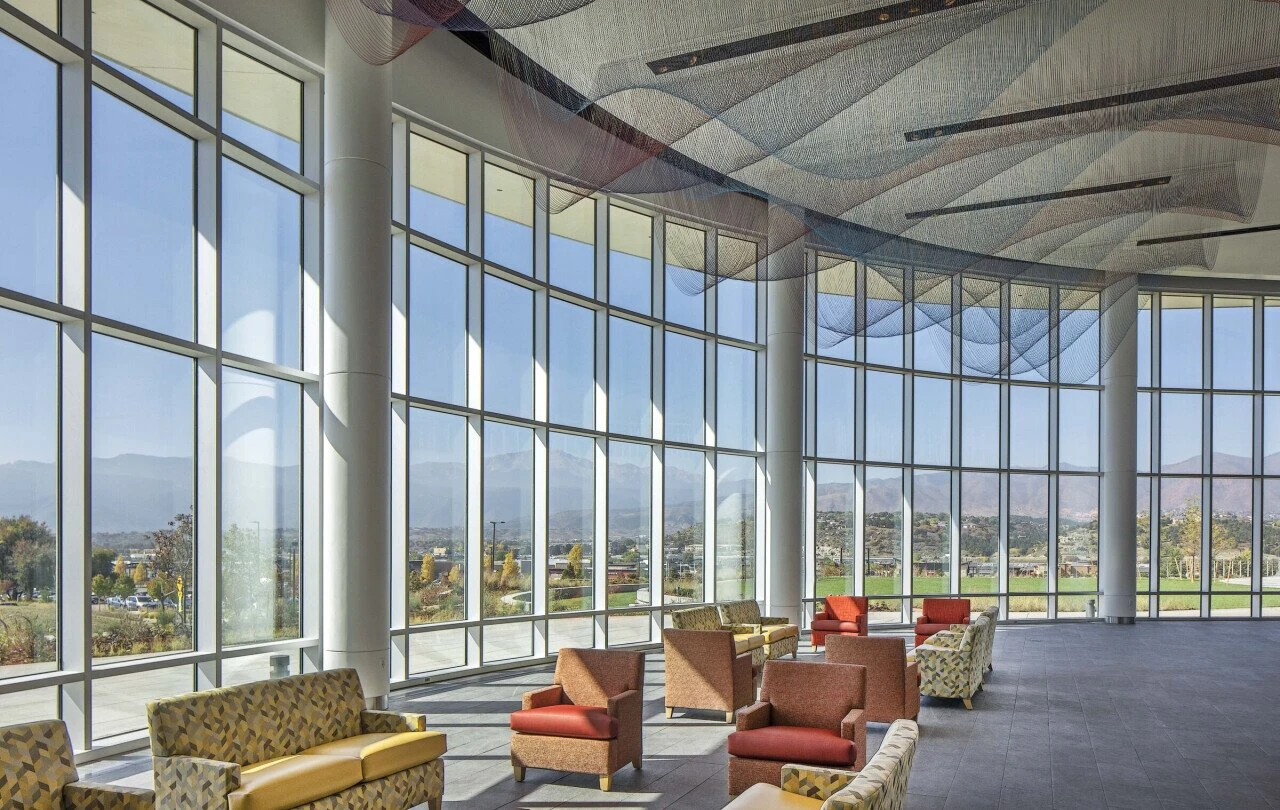

Infrared Reflecting Glass A Technological Breakthrough in Energy Efficiency
In recent years, the demand for energy-efficient building materials has surged, mainly driven by the rising costs of energy and the growing awareness of climate change. One of the most promising developments in this field is infrared (IR) reflecting glass, a novel material that plays an essential role in enhancing energy efficiency in buildings and vehicles. This article explores the characteristics, benefits, applications, and future prospects of infrared reflecting glass.
Infrared reflecting glass is designed to block a significant portion of infrared radiation while allowing visible light to pass through. This unique property is achieved through the application of special coatings or by using specific types of glass formulated with various materials. The result is a product that not only contributes to thermal comfort but also helps in reducing energy consumption for heating and cooling purposes.
One of the primary benefits of infrared reflecting glass is its ability to improve energy efficiency. In both residential and commercial buildings, a substantial amount of energy is used for heating and cooling. Traditional windows allow heat to enter during the summer, leading to increased reliance on air conditioning systems, which are energy-intensive. Conversely, during the winter, heat escapes through the glass, which can lead to higher heating costs. However, infrared reflecting glass minimizes these issues by reflecting IR radiation from the sun, keeping indoor spaces cooler in warmer months and reducing heat loss during colder seasons.
This energy efficiency translates directly into cost savings for building owners and occupants. With decreased reliance on heating and cooling systems, energy bills can be significantly reduced. Furthermore, as building codes and regulations become more stringent regarding energy efficiency, incorporating infrared reflecting glass can help meet these requirements and enhance the overall sustainability of a building project.

The applications of infrared reflecting glass extend beyond buildings to include vehicles. Automakers are increasingly integrating this technology into car windows, where it serves a dual purpose. Not only does it enhance passenger comfort by reducing glare and heat buildup, but it also helps to maintain a cooler interior without overusing air conditioning, thereby improving fuel efficiency.
Additionally, the aesthetic appeal of infrared reflecting glass should not be overlooked. The technology can be applied to glass surfaces without compromising clarity or visual appeal. Available in various tints and finishes, architects and designers can creatively implement this type of glass into their designs, ensuring that energy efficiency does not come at the cost of aesthetic value.
The future of infrared reflecting glass seems promising with ongoing research and innovation in materials science and technology. Advances in nano-coatings and smart glass technologies are on the horizon, which can further enhance the performance of infrared reflecting glass. For instance, dynamic glazing that adjusts its properties in response to environmental changes offers exciting possibilities. As such, infrared reflecting glass may soon become an integral element in smart buildings, where energy management systems optimize thermal comfort dynamically.
However, the widespread adoption of infrared reflecting glass also comes with its challenges. Manufacturing costs can be higher than that of traditional glass, which may deter some developers. Educating stakeholders about the long-term benefits and cost efficiencies associated with infrared reflecting glass will be critical in fostering its adoption.
In summary, infrared reflecting glass represents a significant innovation in the quest for energy efficiency in buildings and vehicles. Its ability to minimize heat gain and loss while maintaining visual appeal positions it as a key player in sustainable design practices. As technology continues to evolve, the integration of this sophisticated material into our built environment holds the potential to revolutionize how we think about energy consumption and environmental responsibility. By investing in such advanced glass solutions, we can pave the way towards a more sustainable and energy-efficient future.